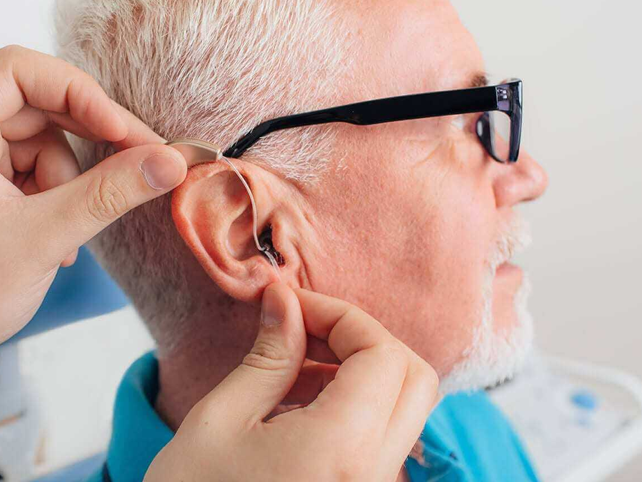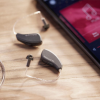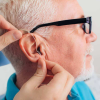A hearing aid is a small electronic device designed to improve hearing by amplifying sound for individuals with hearing loss. It is worn in or behind the ear and consists of three essential parts: a microphone, an amplifier, and a speaker. The microphone picks up sound from the environment, the amplifier processes and increases the sound’s intensity, and the speaker delivers the enhanced sound into the ear canal.
Hearing aids are not one-size-fits-all; they are highly customizable based on the user’s level of hearing loss, lifestyle, and preferences. Modern hearing aids are equipped with advanced features like noise reduction, directional microphones, Bluetooth connectivity, and rechargeable batteries. These enhancements make it easier for users to engage in conversations, enjoy music, and connect to devices like smartphones and televisions.
There are various types of hearing aids, including Behind-The-Ear (BTE), Receiver-In-Canal (RIC), In-The-Ear (ITE), and Completely-In-Canal (CIC) models. Each type caters to specific needs, ranging from mild to profound hearing loss.
Hearing aids are an essential tool for improving quality of life for those with hearing challenges. They not only enhance communication but also help prevent social isolation and cognitive decline linked to untreated hearing loss. Additionally, many hearing aids now integrate artificial intelligence (AI) to adapt to the user’s environment, providing a seamless and natural listening experience.
Consulting an audiologist is crucial when selecting a hearing aid. They conduct hearing tests, recommend suitable models, and program the devices to fit individual requirements.
In essence, a hearing aid is more than just an amplifier; it is a sophisticated device that bridges the gap between a person and their ability to fully engage with the world around them.






